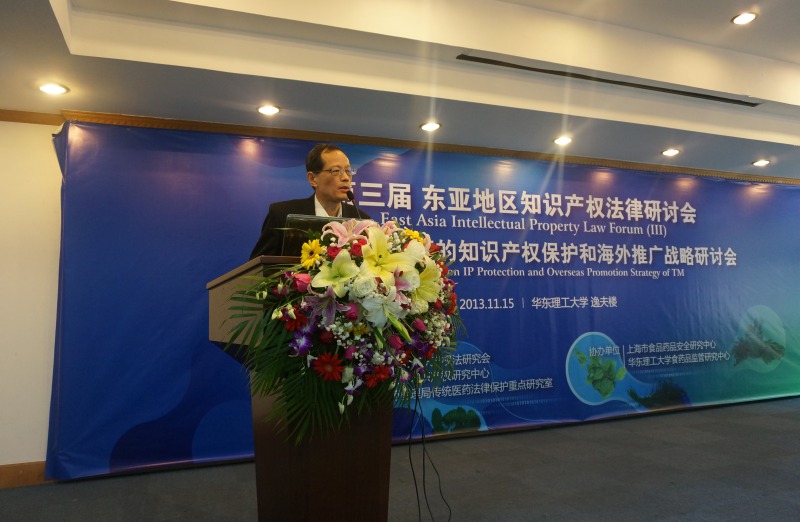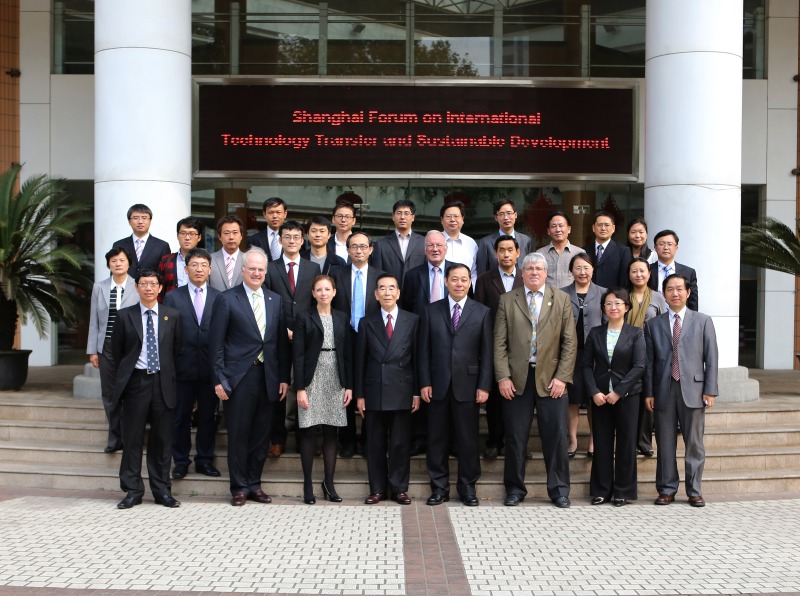The Work of Tibetan Intangible Cultural Heritage Have Acquired a Greater Accomplishment
On October 26th,from the Intangible Cultural Heritage Protection Center in Tibet Autonomous Region,the reporter heard that after almost six years of collection, improvement and auditing, The Intangible CulturalHeritage Catalog of Tibet Autonomous Region has been officially published,being the first book which completely introduces the intangible cultural heritage projects of Tibet.
Awang DanZeng, the deputy director of Intangible Cultural Heritage Protection Center inTibet Autonomous Region, introduces that with over 150,000 words and 320pictures, the book objectively and systematically recommends the inheritanceareas, historical origins, forms, cultural values and endangered status of theTibet Autonomous Region’s intangible cultural heritages.
"This book is a brief introduction to Tibetan intangible cultural heritage projects. Westart compiling in 2009 and have collected a large amount of data and picturesin the whole region." Awang Dan Zeng says, with technicality, knowledgeabilityand literariness, this book is eminently readable for those who want toacquaint with Tibetan intangible cultural heritage projects. Besides, it alsoprovides a research data for the researchers.
It is understood that since the intangible cultural heritage census in Tibet began in2006,it has dispatched more than 3000 people, collecting more than 100,000professional transcripts,2,000 boxes (dishes) of audio and video tapes, and morethan 450,000 photos, preliminary understood over 1000 kinds of intangible cultural heritage projects. In addition, it covers 10 major categories, including traditional music, traditional dance, traditional crafts, traditional medicine,folklore and so on.
At present, twoprojects named Tibetan Opera and Gesar(the heroic epic in the old Tibet) arelisted in the United Nations Representative of the Intangible Cultural Heritageof Mankind list. Furthermore,a total of 4 batches of 89 projects,3 batches of68 representative successors are listed in the national list,4 batches of 323projects,3 batches of 350 representative successors in the autonomous regionlevel list, and 890 projects in the county level.
In addition tothe illustrated book, the Intangible Cultural Heritage Protection Center inTibet Autonomous Region spends more than two years to write a book about inheritors of intangible cultural heritage and it will be published in 2016.
Time:2015-10-26
Source:China News
next:The List of Jinan’s Representative Inheritors of Intangible Cultural Heritage Projects Announced The List of Jinan’s Representative Inheritors of Intangible Cultural Heritage Projects Announced


